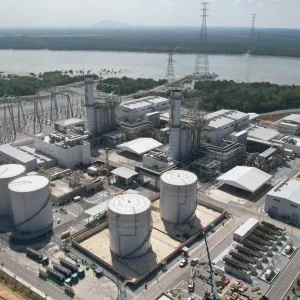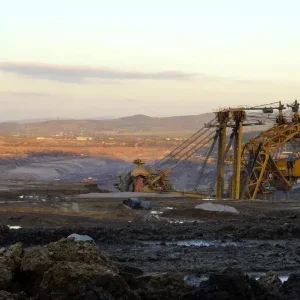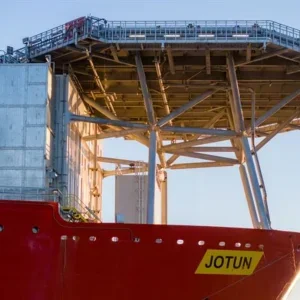
Danish wind turbines manufacturer Vestas has received a 34MW order for the Haramsfjellet wind project on the island of Haramsøya in western Norway.
Under the contract, Vestas will supply eight V136-4.2 MW turbines and provide long-term service to optimise energy production for the lifetime of the project in a high wind location.
Finland-based Taaleri Energia has placed the order for the project that has an annual production of approximately 112GWh, adequate electricity to supply approximately 7,000 Norwegian households. Taaleri Energia is investing in the wind project through the SolarWind II fund.
Taaleri Energia managing director Kai Rintala said: “We are very satisfied with the second investment from the Taaleri SolarWind II fund. This investment in Norwegian wind is underpinned by the availability of commercial offtake contracts in one of the world’s most liquid power markets.
“Working together on this project with high quality partners such as Zephyr and Vestas demonstrates the value of our developer relationships and in-house technical expertise.”
Vestas has developed a solution based on the wind conditions of the Haramsfjellet wind facility
The company said that it has designed the turbines that would withstand the challenging climatic conditions prevalent on Norway’s western coastline.
The contract includes the supply, installation and commissioning of the wind turbines, along with a 27-year Active Output Management 5000 (AOM 5000) service agreement.
In addition, the contract also features a VestasOnline Business SCADA solution to reduce turbine downtime and optimise the energy output.
Vestas is expected to deliver the turbine in the second quarter of 2020, and the commissioning is planned for the fourth quarter of 2020.
Vestas northern & central Europe vice-president Christer Baden Hansen said: “With this order, Taaleri Energia, and our long-term development partner Zephyr, are showing full confidence in the efficiency of our 4 MW platform technology.
“By deploying our V136-4.2 MW turbine, which is well-suited to ensure optimised performance in this site’s rough wind conditions, the Haramsfjellet project achieves a very competitive levelised cost of energy.”






